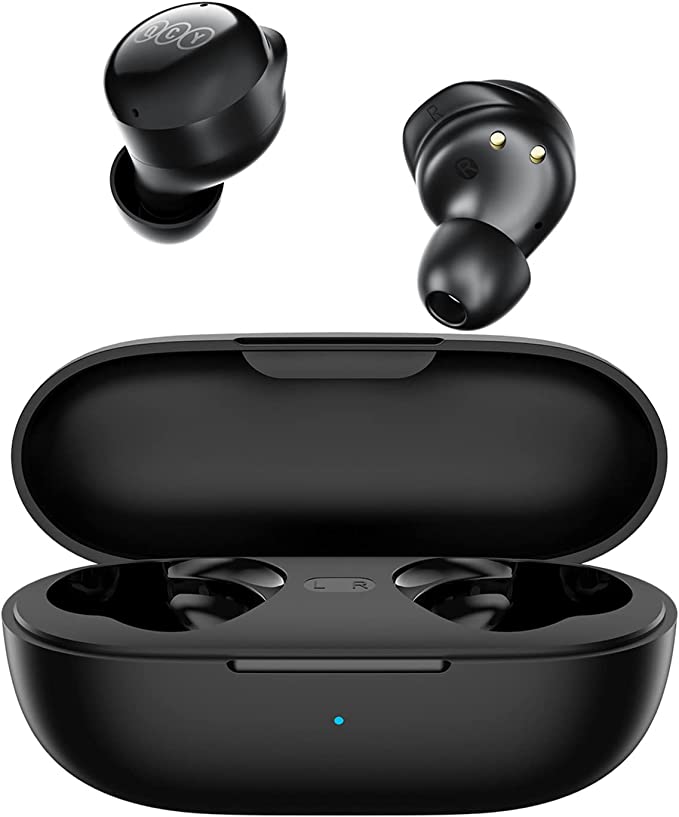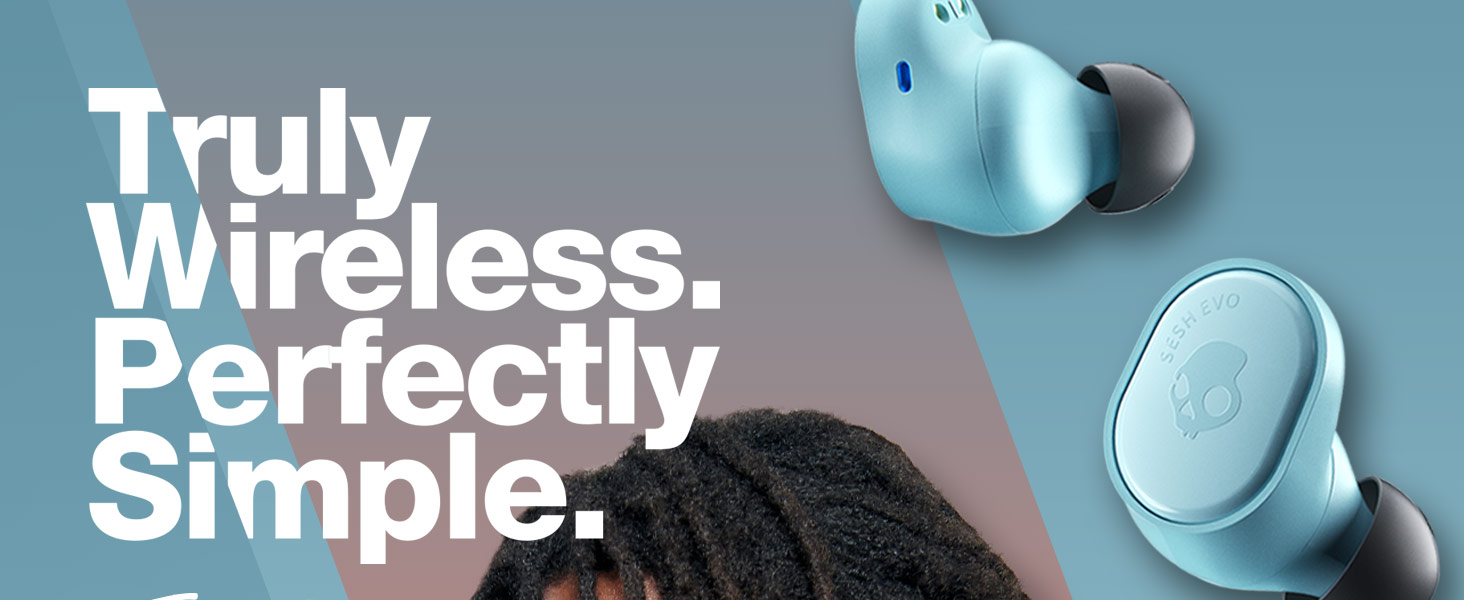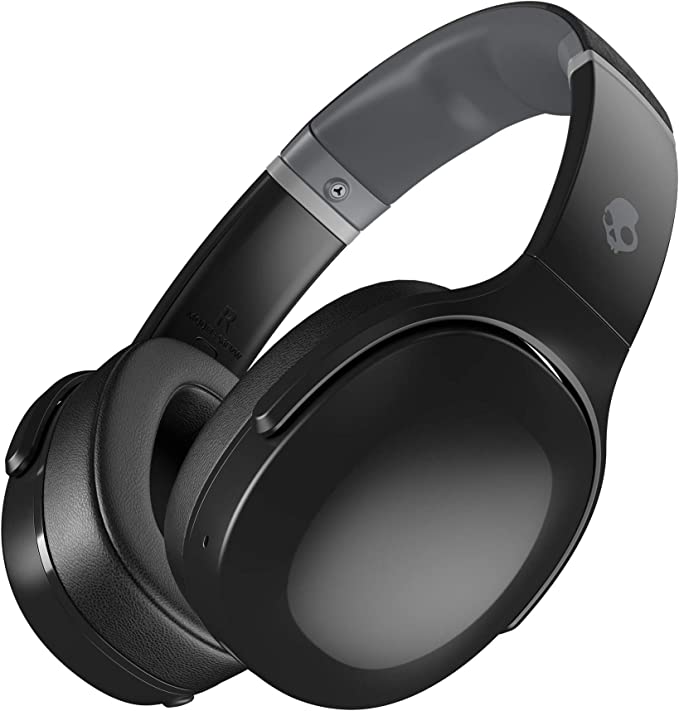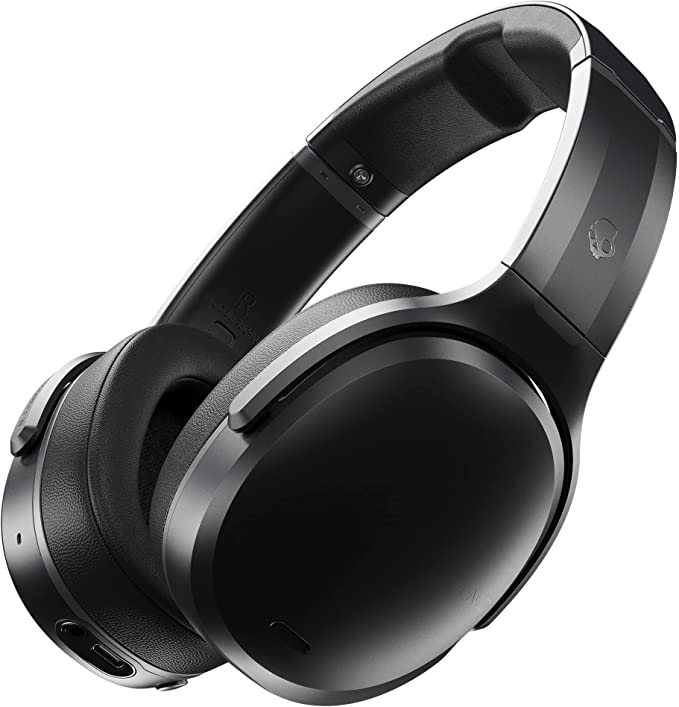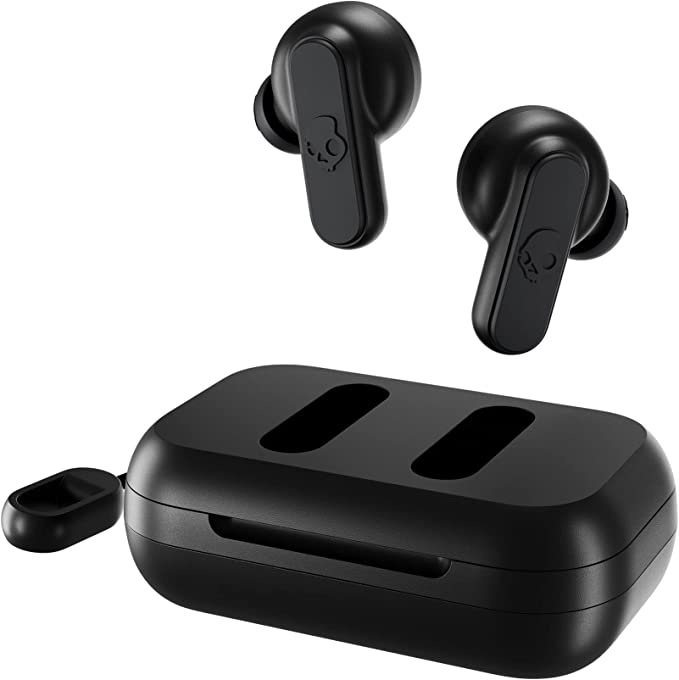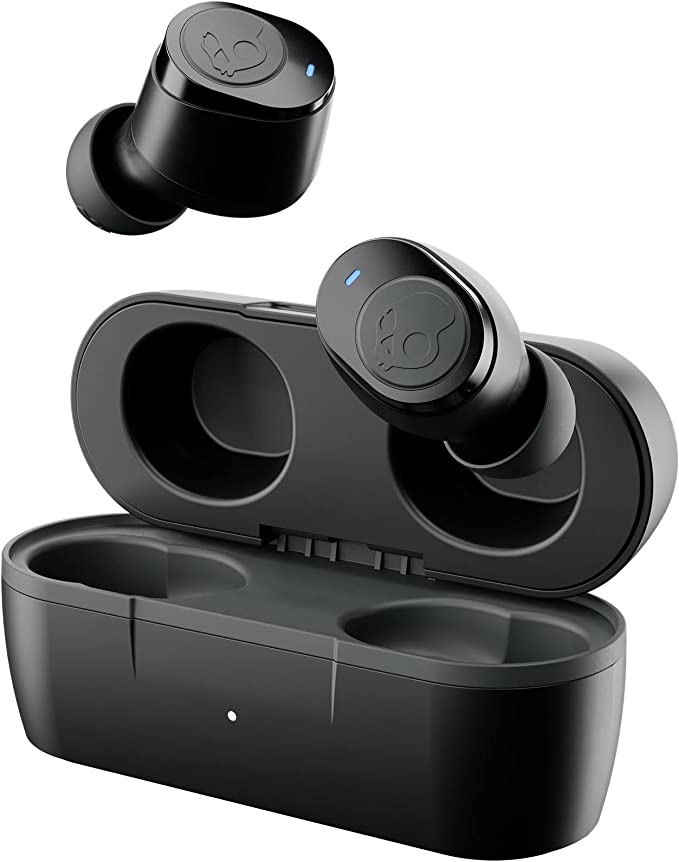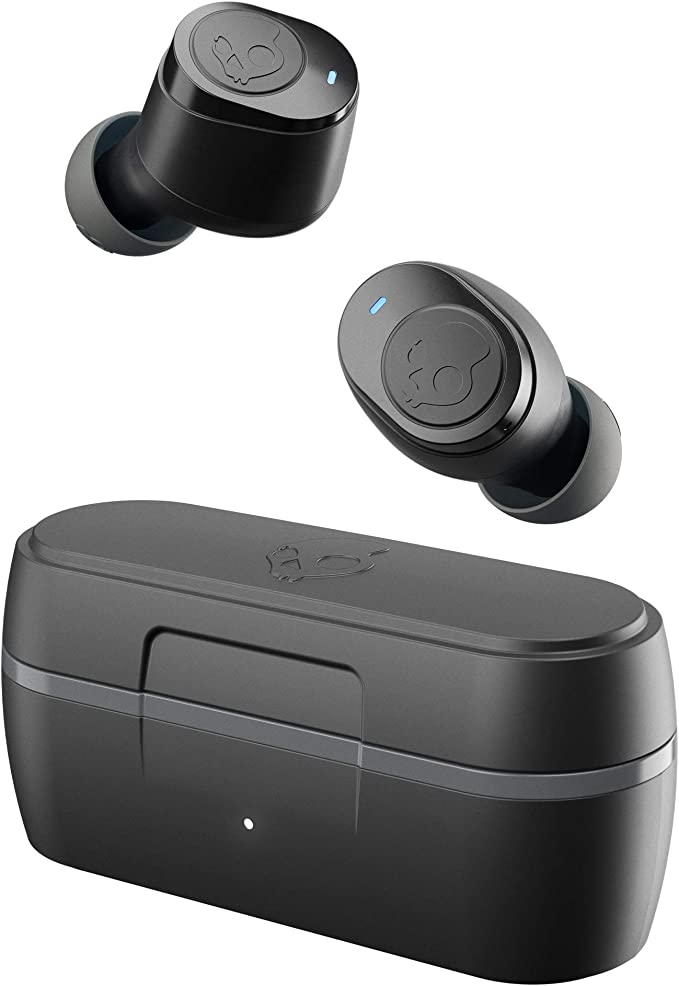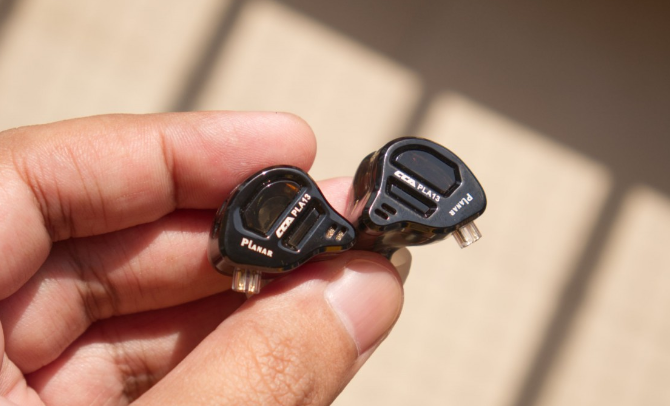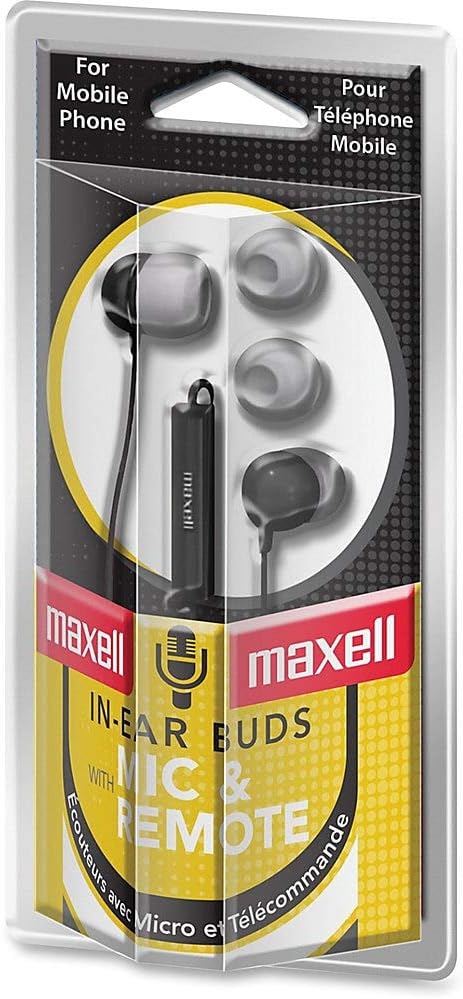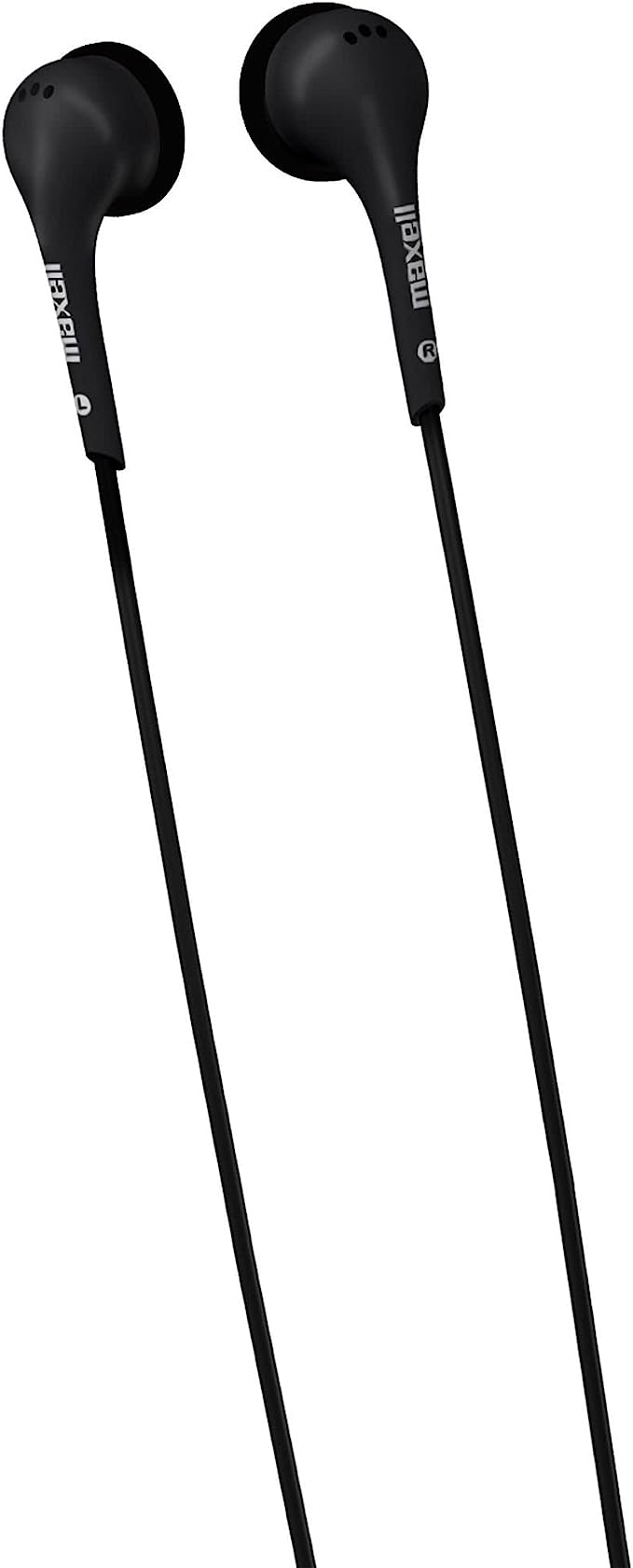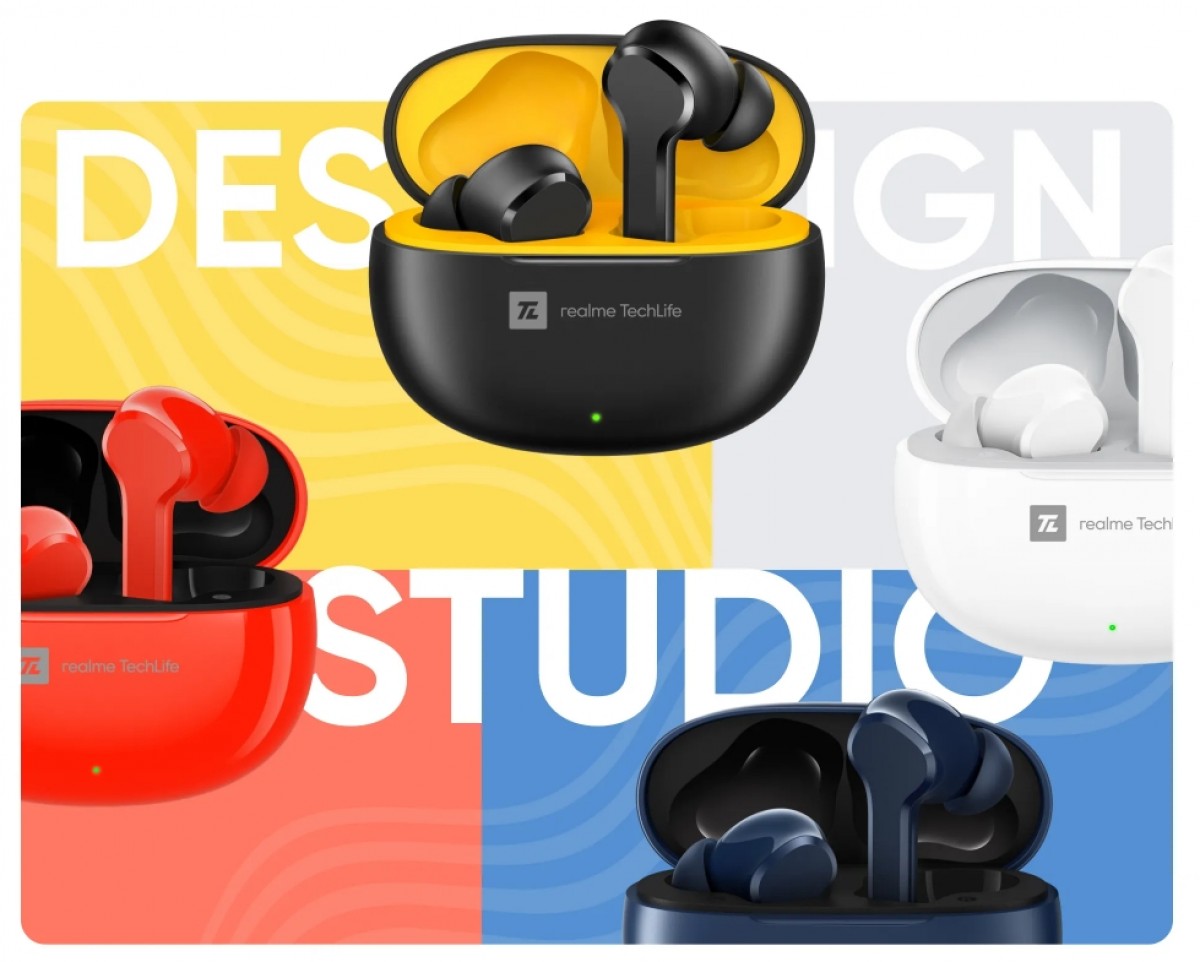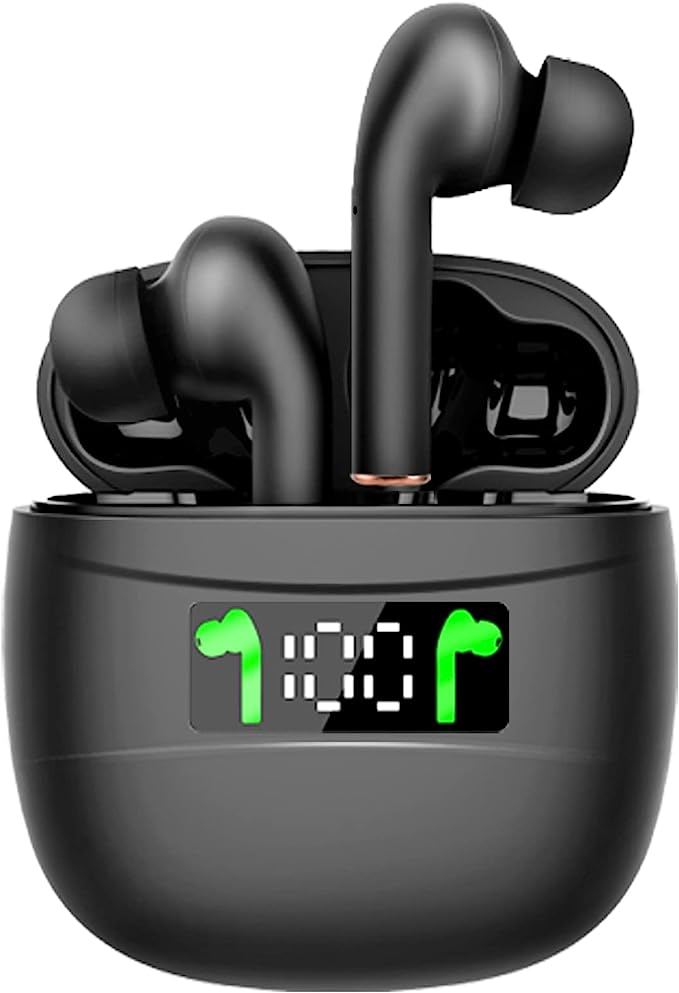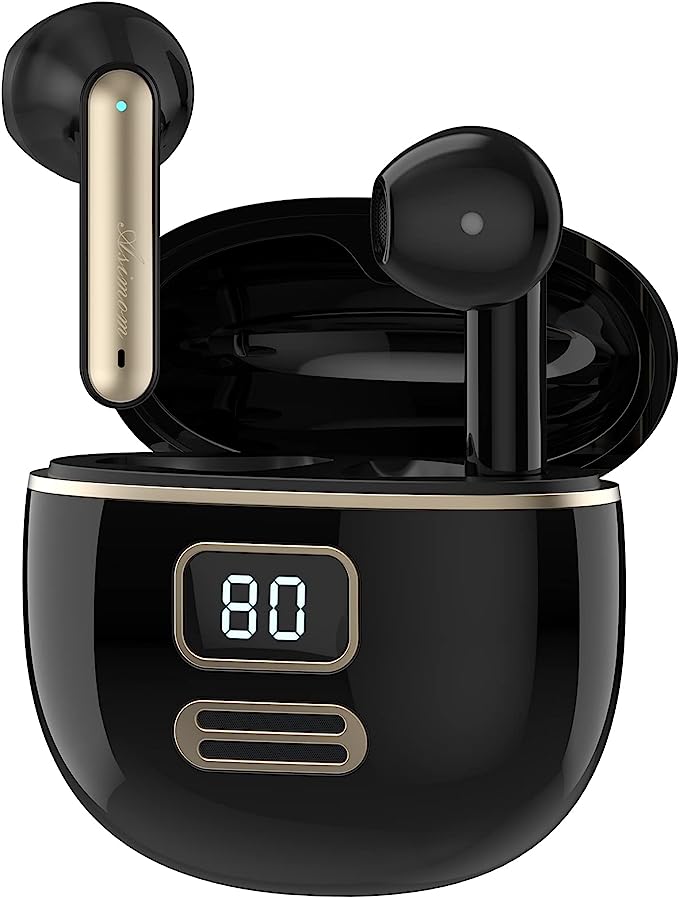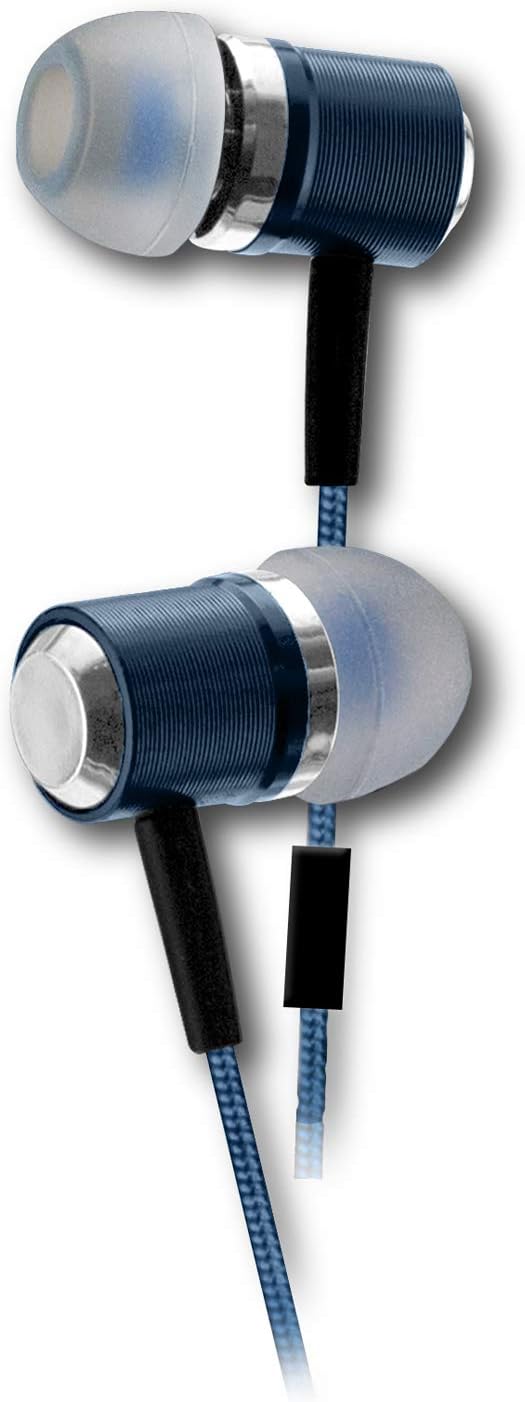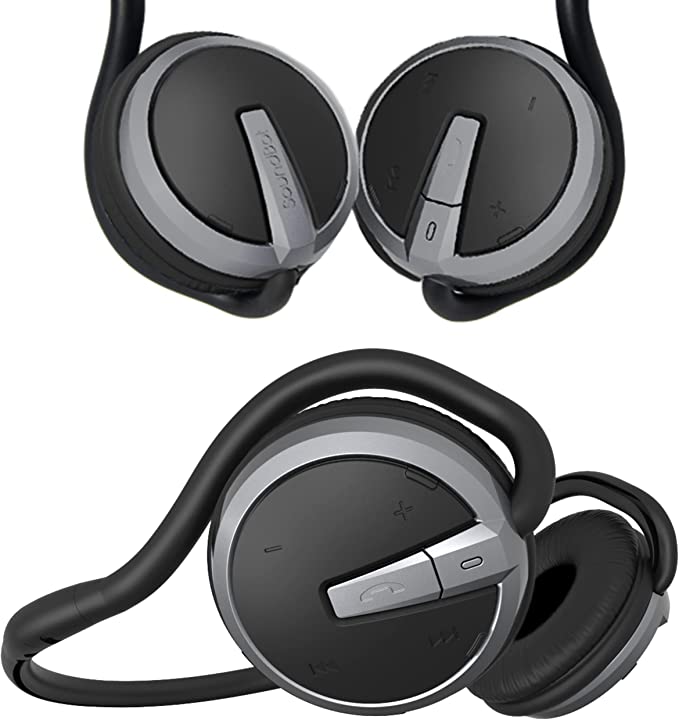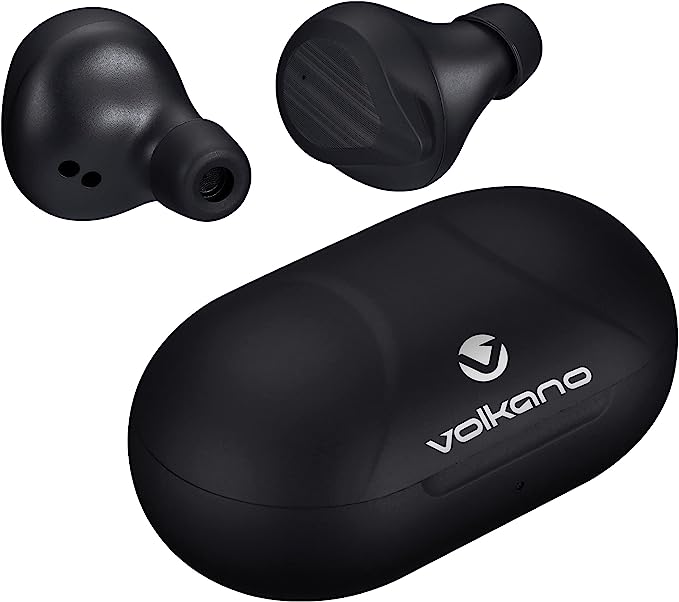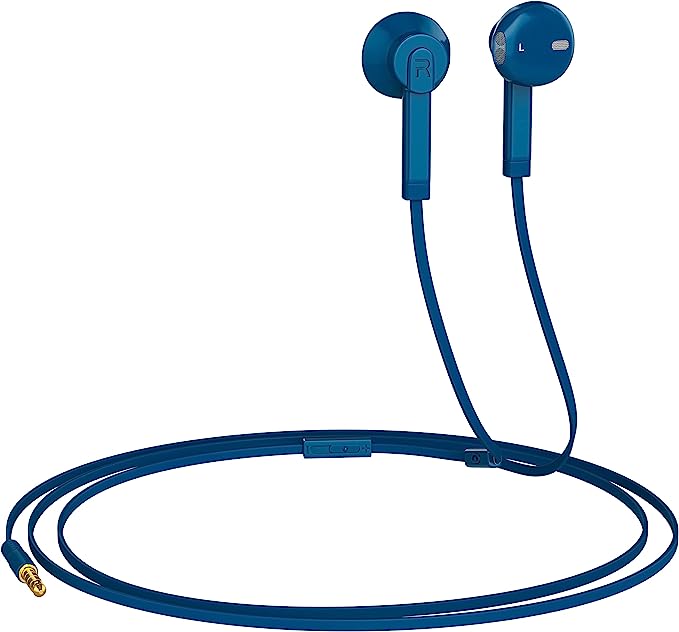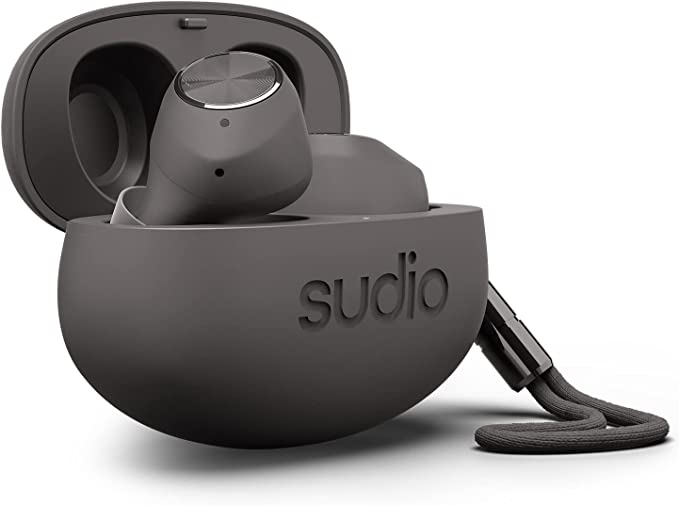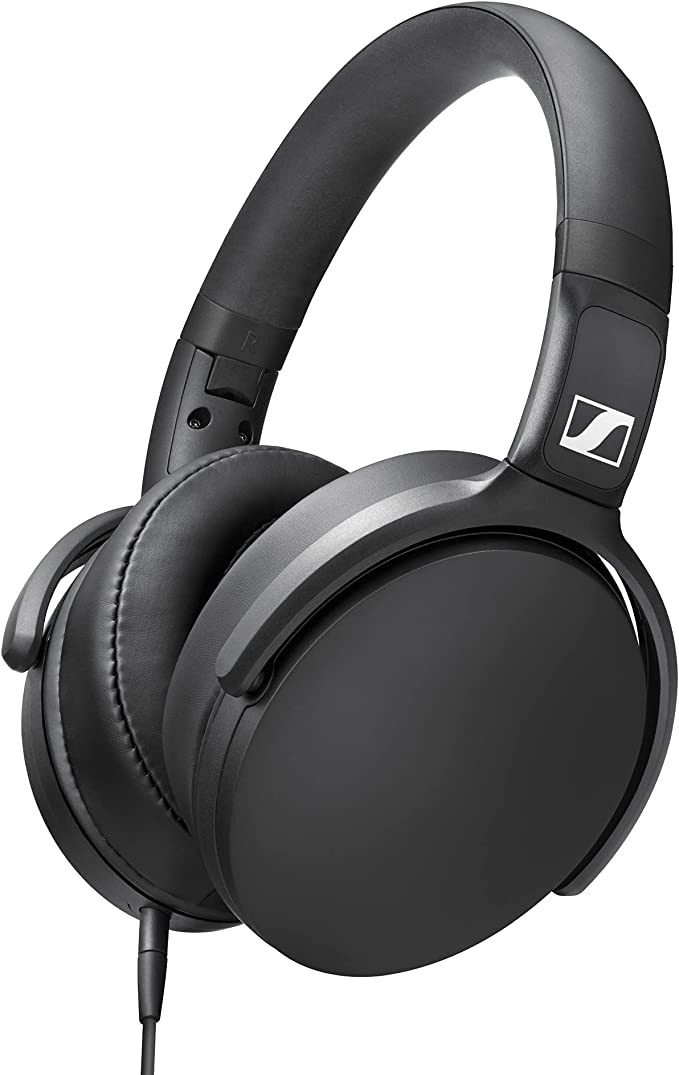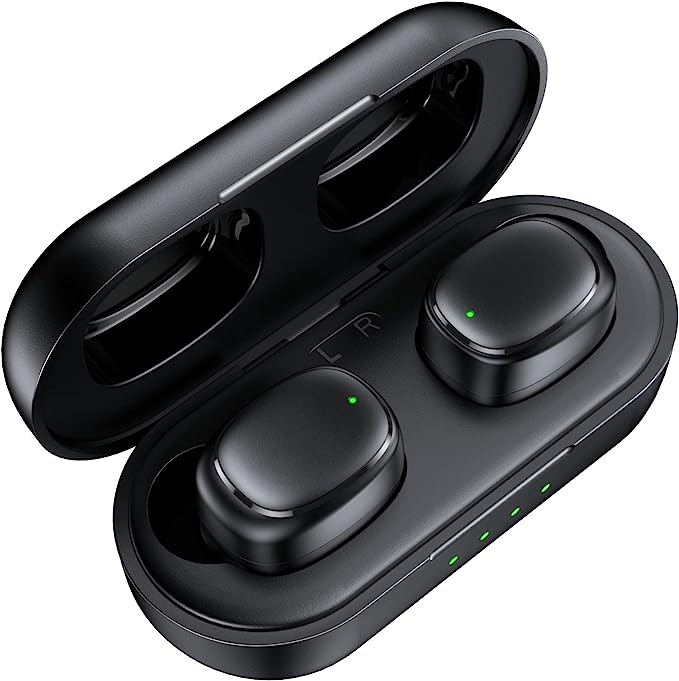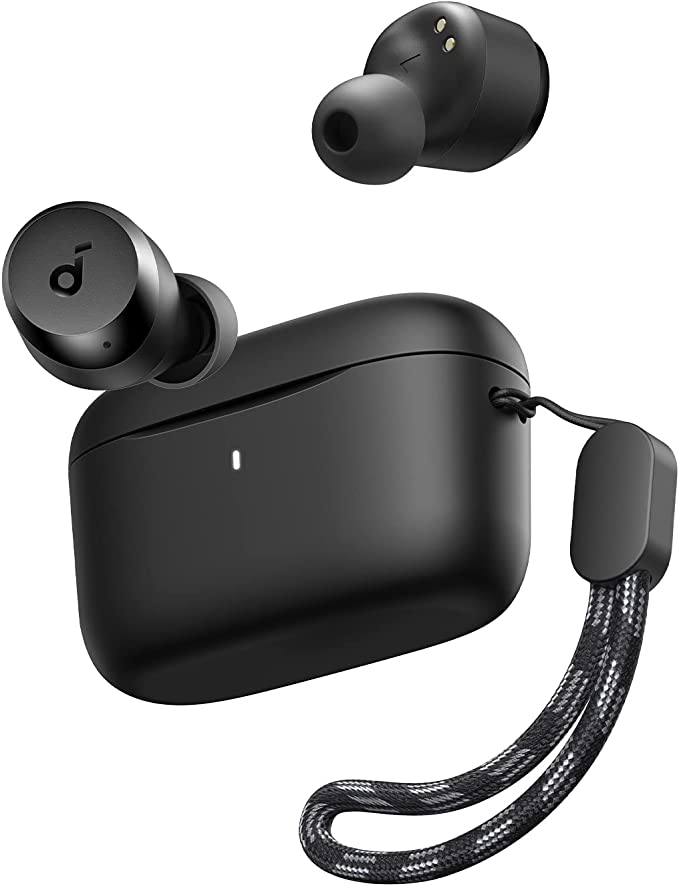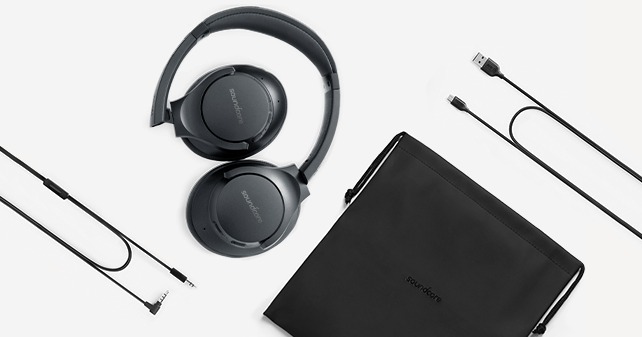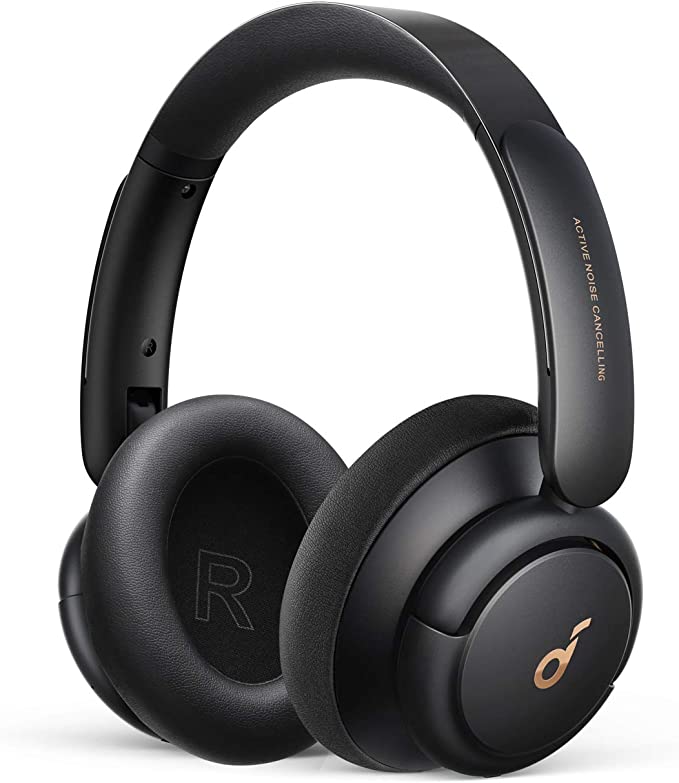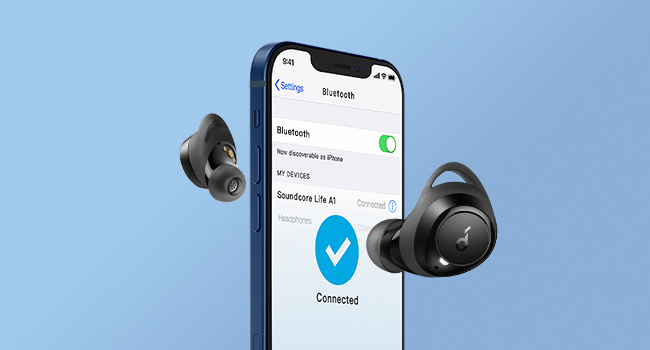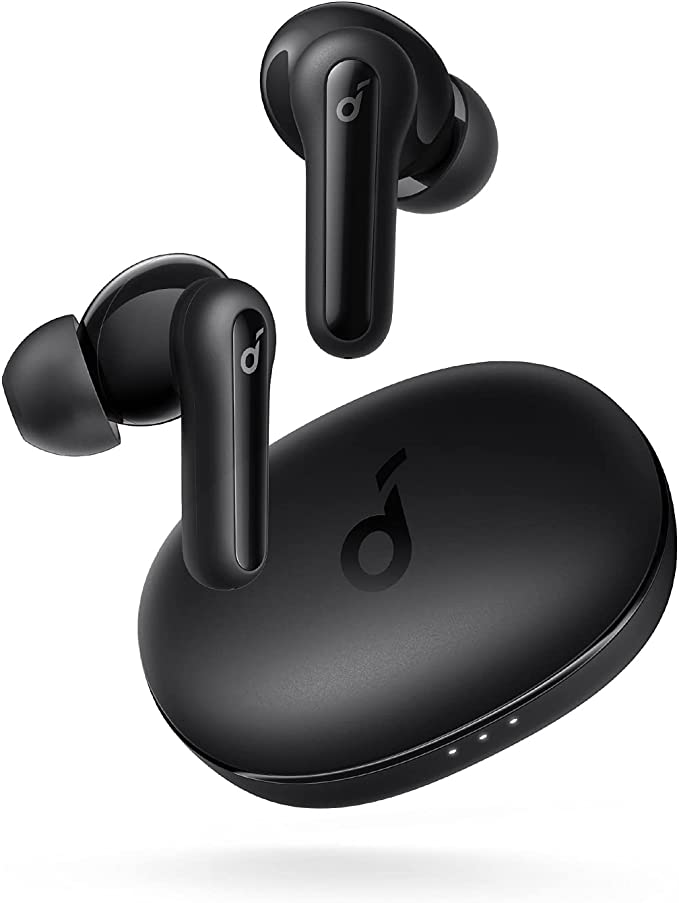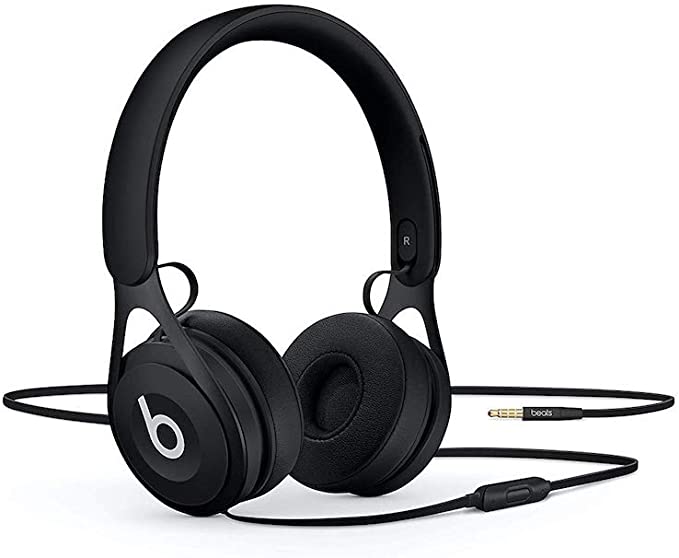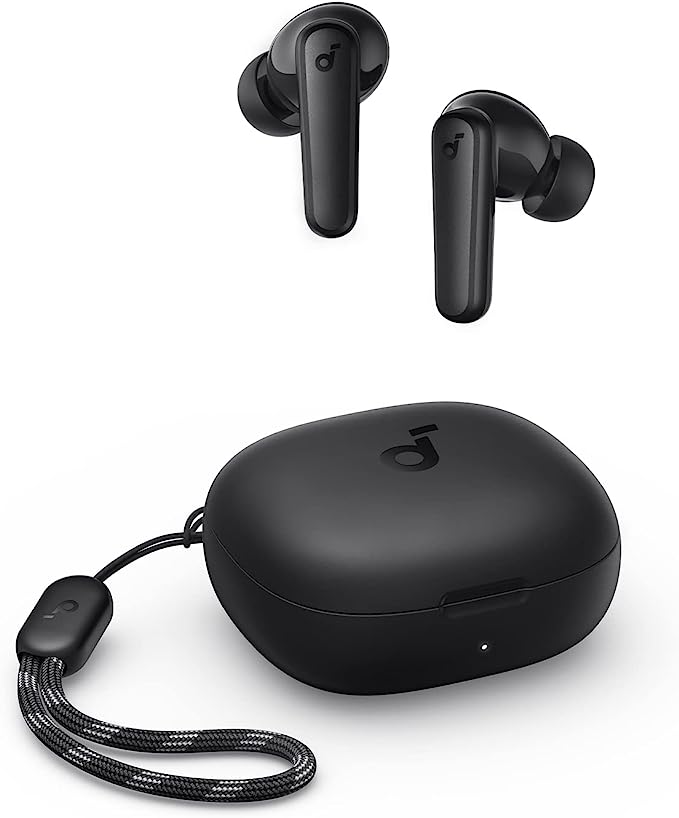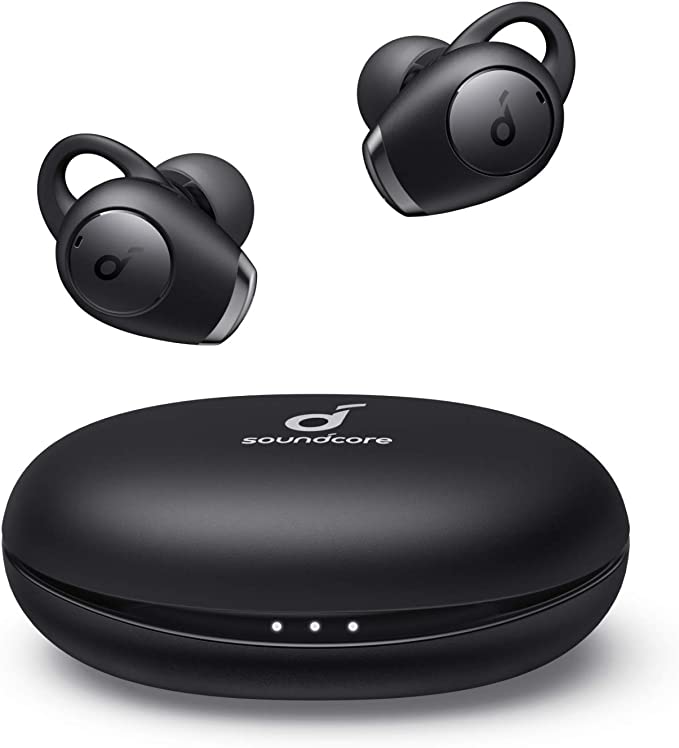Skullcandy Dime : Tiny TWS Earbuds, Big Sound Science?
Update on April 13, 2025, 4:52 p.m.
The world of audio has decisively cut the cord. True wireless earbuds, once a novelty, are now ubiquitous, dangling from ears on subways, bouncing in gyms, and tucked away in countless pockets. Yet, while the dream of untethered sound is universal, the price tag often isn’t. Enter the Skullcandy S2DMW-P740 Dime, a pair of earbuds existing at the extreme end of the spectrum: astonishingly small, incredibly affordable, and unmistakably Skullcandy.
But how does audio technology bend and shrink to fit into a package barely larger than a quarter, all while retailing for less than a couple of movie tickets? What engineering feats, and perhaps more importantly, what necessary compromises, are hidden within these minuscule pods? Forget the marketing hype; let’s unpack the science and the sacrifices behind the Skullcandy Dime.

The Wireless Handshake: Understanding TWS & Bluetooth Basics
First, let’s clarify what “True Wireless Stereo” (TWS) actually means. Unlike older “wireless” headphones that still had a cable connecting the two earpieces, TWS earbuds like the Dime are completely independent. Imagine two dancers on a stage, each receiving their instructions wirelessly and performing in sync, without needing to hold hands. Each Dime earbud receives its own Bluetooth signal from your source device – be it an iPhone, Android phone, or laptop.
Bluetooth is the invisible thread that makes this possible. It’s a short-range radio technology allowing devices to communicate without cables. While the specific version of Bluetooth used in the Dime isn’t detailed in the provided information, its core function is clear: to reliably stream audio from your chosen device to these tiny earpieces, enabling that fundamental wireless freedom that users crave. This technology is the bedrock upon which the Dime’s entire premise is built.

Sound in a Matchbox: The Physics of Dime’s Audio
Now, the magic trick: getting satisfying sound out of something so small. Physics presents a challenge here. Producing sound, especially the low-frequency waves we perceive as bass, typically requires moving a fair amount of air. This is easier for larger speaker drivers, but tiny earbud drivers have physical limitations.
So, how does Skullcandy approach this with the Dime, claiming “Supreme Audio” where you can “hear every beat” and let the “bass blow UP!”? Based on user feedback comparing them favorably (especially in bass) to more expensive options at this price point, the strategy likely involves two key elements:
- Tuning: Skullcandy is known for a bass-forward sound signature. They likely tune the Dime’s small drivers to emphasize lower frequencies. This doesn’t magically create deep sub-bass the drivers can’t physically produce, but it boosts the frequencies they can handle, giving music a perceived warmth and punch, particularly noticeable in genres like pop, electronic, and hip-hop.
- The Critical Seal (Passive Noise Isolation): This is arguably the secret weapon for budget earbuds. The Dime comes with three sizes of silicone ear tips. Finding the tip size that creates a snug, airtight seal in your ear canal is paramount. Think of it like wearing perfectly fitting earplugs. This seal does two crucial things:
- It traps bass: By creating a sealed acoustic chamber in your ear, low-frequency sounds generated by the driver can’t easily escape. They resonate within that space, making the bass feel much fuller and more impactful than it would with a leaky fit.
- It blocks outside noise: This physical barrier significantly reduces the amount of ambient sound reaching your eardrum. This is Passive Noise Isolation, distinct from Active Noise Cancellation (ANC) which uses microphones and counter-frequencies (a feature absent at this price). User reviews confirm this effect, with some noting they can barely hear their surroundings – a direct result of a good seal improving focus on the audio. Achieving this seal is why getting the fit right is not just about comfort, but fundamental to the Dime’s intended sound experience.

Powering the Pods: Battery Life in the Miniature Lane
Keeping these tiny dancers powered requires miniature energy sources. The Dime utilizes Lithium Polymer (Li-Po) batteries, a common choice in compact electronics because they offer good energy density – packing more power into a smaller, lighter package compared to older battery types.
The numbers provided state 3.5 hours of listening time directly from the earbuds, with the charging case holding enough power for about two additional full charges, bringing the advertised total to 12 hours. But let’s contextualize that 3.5-hour figure. In the modern TWS landscape, it’s undeniably on the shorter side. This isn’t necessarily a flaw, but rather a direct trade-off for the Dime’s incredibly small size. There’s simply less physical space to house a larger battery within each earbud. The 12-hour total life, however, thanks to the case, is respectable for such a portable package and likely sufficient for typical commutes or shorter listening sessions throughout a day.
The case itself serves as the mobile charger and storage. Pop the buds back in, and they should start recharging (though one user noted difficulty telling when they are fully charged, as the case reportedly lacks a clear charge level indicator – a notable usability quirk). It’s also worth remembering, as another user experienced after six months, that all Li-Po batteries naturally degrade over time and charge cycles, meaning maximum listening time will eventually decrease. This is a reality for all rechargeable devices, but perhaps felt more keenly when the starting point is already modest.
Connection, Control, and Comfort: The User Experience Reality
Beyond sound and battery, the daily experience matters. The Dime connects via Bluetooth, and the source material suggests it “Works with iPhone Android and Bluetooth Devices,” implying standard compatibility. Pairing with a single, primary device seems straightforward for most. However, one detailed user review highlighted significant difficulty and inconsistency when trying to connect to multiple devices (like switching between a phone and a Chromebook). This frustration isn’t uncommon in budget TWS earbuds, which often lack the more sophisticated chipsets and firmware needed for seamless multi-device management. It’s another potential trade-off tied to the price point.
Interaction with the Dime happens via controls on the earbuds themselves. User feedback mentioning a “click” sound strongly suggests these are physical buttons, not touch panels. While buttons offer tactile feedback, some users found them difficult or awkward to use, requiring a specific press that could be fiddly, especially given the small size of the buds. This might involve learning a particular technique, like holding the post while pressing the button.
Then there’s the “Sick Fit” – Skullcandy’s claim that the Dime stays put no matter how hard you’re moving. Reality, as reflected in user reviews, is more nuanced. The lightweight design and multiple tip sizes certainly help, and many find them comfortable and secure enough for workouts or daily wear. However, others report them falling out randomly, especially during activities like eating or more intense exercise. Ear shapes vary greatly, and achieving a universally secure fit, particularly in such a minimalist design, remains a significant ergonomic challenge.
Finally, durability. The Dime is described as “sweat- and water-resistant.” Without a specific IP (Ingress Protection) rating provided, this claim should be interpreted cautiously. It likely means the earbuds can handle light sweat during a workout or perhaps getting caught in a drizzle, but they are almost certainly not designed for submersion or heavy rain. The dual microphones (one in each bud) are a practical plus, allowing you to use either earbud independently for calls or listening – handy if you need to keep one ear open to your surroundings.
The $26 Equation: What You Gain, What You Give Up
So, what does the ~$26 price tag truly buy you? The Skullcandy Dime represents a masterclass in engineering for extreme affordability and portability.
You Gain: * Unmatched Portability: They are incredibly small and light, easy to pocket and forget. * Rock-Bottom Price: One of the most accessible entry points into the TWS world from a known brand. * Core TWS Functionality: Basic wireless listening and calls work as expected (with caveats). * Potentially Punchy Bass & Isolation: If you achieve a good seal with the right ear tips. * Skullcandy Style: A recognizable brand aesthetic. * Mono Mode Flexibility: Use either earbud independently.
You Give Up (The Inherent Trade-offs): * Short Per-Charge Battery Life: The direct consequence of miniaturization. * Advanced Features: No ANC, transparency mode, wireless charging, companion app, or support for high-fidelity audio codecs. * Potentially Finicky Fit: Highly dependent on individual ear shape; may not be secure for everyone or all activities. * Basic Connectivity: Single-device connection is fine; multi-device switching may be problematic. * Awkward Controls: Physical buttons might be difficult for some to use reliably. * Uncertain Durability/Water Resistance: Claims are vague without an IP rating. * Usability Hurdles: Lack of a case charge indicator. * Limited Audio Refinement: Beyond the bass emphasis, expect basic sound fidelity.
Conclusion: Understanding the Dime, Finding Your Fit
The Skullcandy Dime isn’t trying to be the best TWS earbud on the market. It’s an exercise in focused design, prioritizing two things above all else: size and cost. It carves out a specific niche for users who value ultimate portability and minimal investment over cutting-edge features or flawless user experience.
Understanding the science behind its sound (the reliance on passive isolation), the unavoidable physics limiting its battery life, and the economic realities dictating its feature set is key. It’s not about magic; it’s about clever engineering and deliberate compromise.
For the student needing a cheap pair for the bus, the commuter wanting something tiny for podcasts, the gym-goer needing a backup, or anyone dipping their toes into the TWS pool without wanting to splurge, the Dime offers a functional, if basic, solution. Armed with the knowledge of its strengths and its inherent limitations, you can decide if this tiny titan, born of necessity and budget, truly fits your needs and expectations. It’s a testament to how far affordable wireless audio has come, even when acknowledging the corners that must be cut to reach such an accessible price point.

